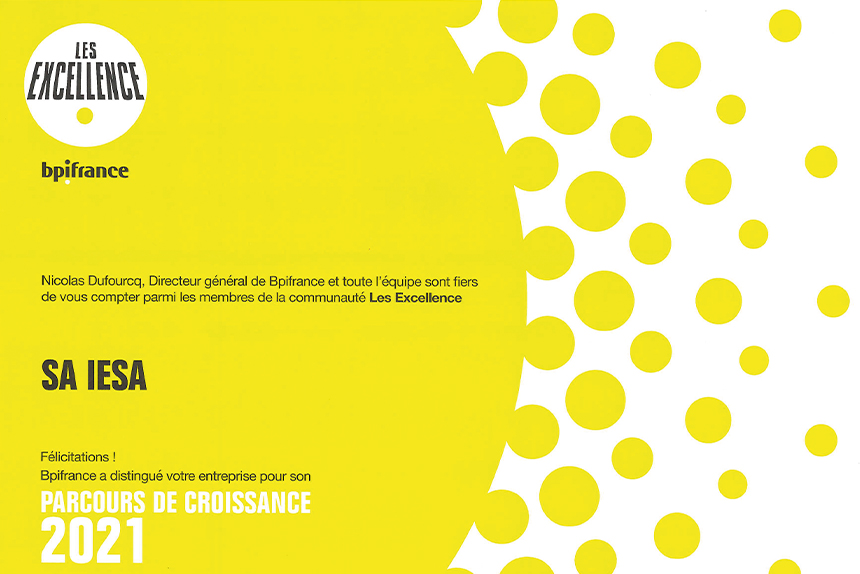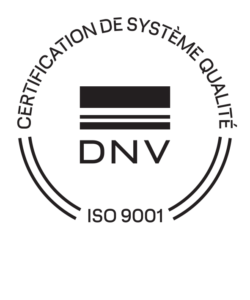Technological Focus – Obsolescence Management

Obsolescence, what are we taking about ?
Whether it is indirect, incompatibility, aesthetics, operation or after-sales service, material obsolescence is a real issue in the industrial world. It consists in the decrease in use of a good linked to technical progress or to the appearance of new products on the market. When a piece of equipment is no longer available for purchase, it must be replaced by the next version so that operators can be protected in case of maintenance or breakdown.
The different types of obsolescence :
- Indirect obsolescence: the impossibility of repairing a product due to a lack of adequate spare parts.
- Incompatibility obsolescence: for example in the case of a computer software that no longer works when the operating system is updated.
- Aesthetic obsolescence: with new products regularly put on the market with a new, if not improved aesthetic, which makes the previous versions of these products obsolete.
- Functional obsolescence: with products designed to operate a certain number of cycles.
- After-sales service obsolescence: which suggests that the consumer will be more inclined to buy a new product rather than repair it (repair times, price of spare parts, etc.).
What our customers are looking for ?
At IESA, we master the obsolescence management process. As a true multi-brand integrator, our clients call on us for our impartiality and our knowledge of the equipment of most manufacturers.

Our proven experience on severals processes gives us a global vision and an increased sensitivity on the critical points to be observed. Our expertise in revamping on multiple processes and our ability to adapt prove to be an important asset.
How we do it ?
The procedure is always the same
- Material audit
With a manufacturer’s expert, we audit all the material and equipment of the plant.
- Identification of obsolete equipment
After having identified the obsolete equipment, we put the result of our study in a report by prioritizing our recommendation according to the criticality standards
- Budgeting
Quotation of the equipment as well as the service part, taking care to provide two “manufacturer” alternatives
- Final presentation
Presentation of the report to the customer so that he can have a global, synthetic and quick vision of the project
Vaux le Pénil Case
The Vaux le Pénil waste-to-energy plant incinerated its first tons in 2004. The SMITOM LOMBRIC ,responsible for waste treatment, and its concessionaire Généris (a subsidiary of Véolia) wanted to take stock of obsolescence level of the control PLC.
Thus, IESA was entrusted with an inventory of all the electrical and automation equipment in order to determine the criticality levels, a definition of the equipment replacement priorities, and the associated provisional budget.
Our method and our expertise in process revamping were put at the service of this union, which appreciated the precision and clarity of our work.


